Mixed Oca Seeds, Wide Mix, 50 seeds
$19.50
In stock
| Oca information and growing instructions |
| This mix includes seeds derived from OSSI open source varieties |
Oca is a polyploid crop that does not grow true from seed, much like the potato. Varieties are propagated clonally, by replanting tubers. Seeds are used for breeding new varieties. Each oca plant grown from seed is genetically unique. When you grow out true oca seed, you will get a brand new variety that you can maintain indefinitely by replanting the tubers. Plants that are propagated vegetatively are very appealing this way: if you get a plant that you like, you have a stable new variety that is all your own. Of course, I can’t guarantee that you will get anything worth keeping. Oca is an experimental crop in North America. You might get several excellent new varieties, you might get weak and inferior varieties, or you might find that no plant survives to maturity in your climate.
As with many plants that have been propagated clonally for thousands of years, oca does not produce true seeds very easily and seedlings are not very robust. This makes growing oca from seed a somewhat challenging proposition. Seeds are produced in small numbers and it is labor intensive to collect and clean them, so they are expensive.
This mix contains seeds collected from my entire oca population, which includes about sixty named varieties and usually several hundred seedling varieties under evaluation. It probably offers all of the oca genetics available in North America, or very nearly so. The two pictures in the gallery show results obtained from these seeds. The first picture shows selected varieties – those with bigger tubers and less knobbly types. The second shows unselected tubers, including all the weird and wacky types that I normally discard. The second picture is very much like the results you should expect if you are able to grow your seedlings to mid November. What neither picture shows are the plants that don’t produce any real tubers, which usually amounts to about 20% of the total. The picture of seeds with a pencil tip shows you exactly what you will receive – that is the content of one seed packet.
I have been offering oca seeds for more than ten years now and it has been a bumpy road. While I usually get moderate to good germination from my seeds, many people who buy them report very poor germination. I have provided the best instructions that I can and have tried to troubleshoot germination problems with many customers, but I still don’t have a good answer for why results are often so poor. I have settled on 50 seeds per packet as the number that enables most customers to get at least one seedling. If you are able to grow a single oca plant from a packet of seeds, I consider that a success. If you get five or ten, you are doing very well.
Although oca seeds retain some germination for many years, overall germination declines rapidly. I recommend that you do not buy more seed than you can use in the next year. Unlike other seeds that I offer, oca seed packets have an expiration date printed on the label, which is meant to encourage you to use the seeds before the date. Seeds that are currently available will have expiration dates for late 2025. If you want to preserve oca seeds for a longer period of time, best practice is to store them in the refrigerator.
Some of the early oca varieties that were available in North America were infected with viruses that were able to transmit through seeds. I have been testing my oca for many years now, including seedlings, and the results have been negative for all such viruses, so I think these seeds will give you a disease free start.
Oca seeds almost always sell out before spring.
| Weight | .1 lbs |
|---|---|
| Dimensions | 3 × 3 × 0.1 in |
| Climate | |
| True Breeding | |
| Origin | |
| Licensing | |
| Product Type | |
| Best Uses | |
| Availability |
1 review for Mixed Oca Seeds, Wide Mix, 50 seeds
Only logged in customers who have purchased this product may leave a review.

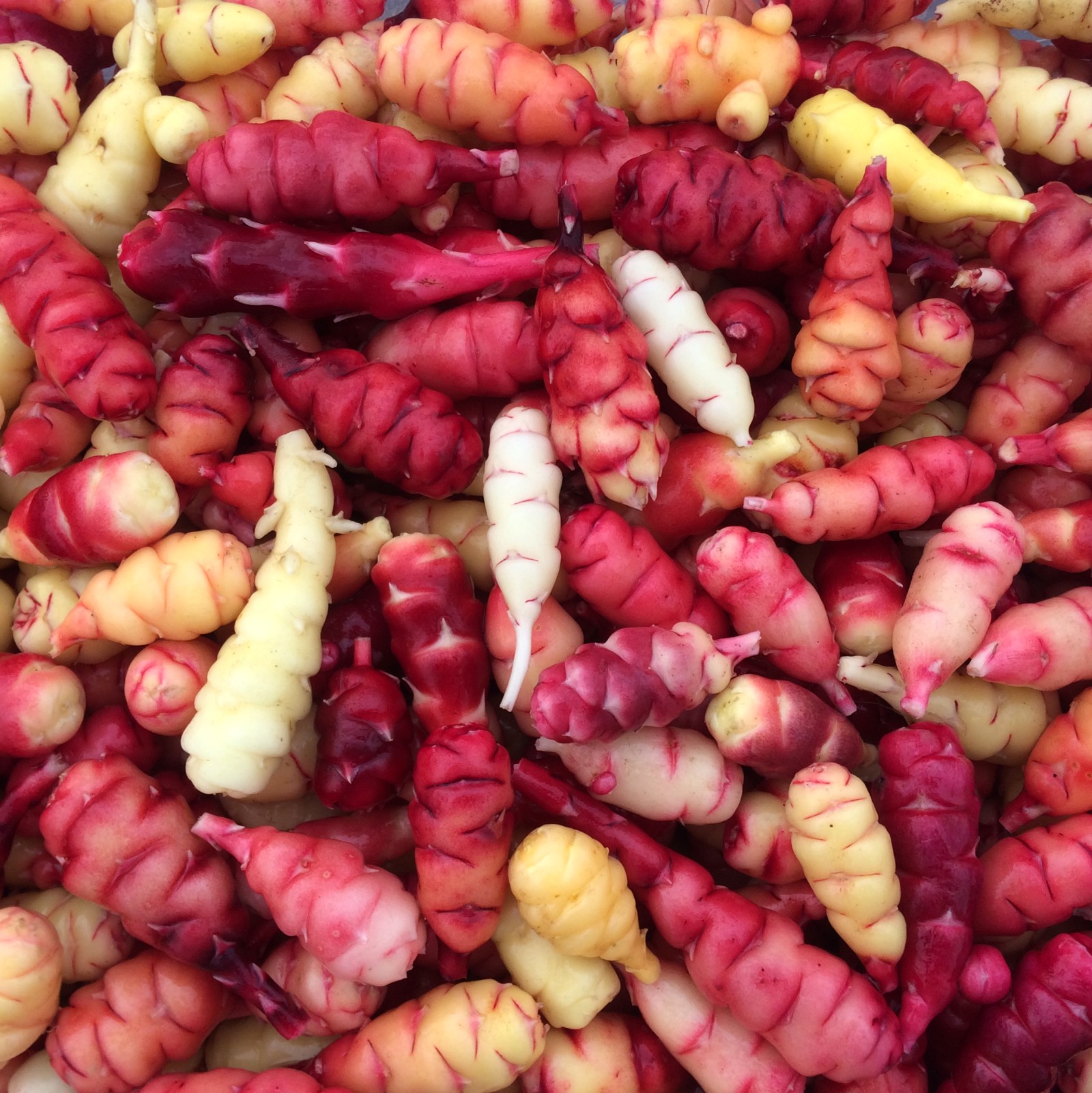
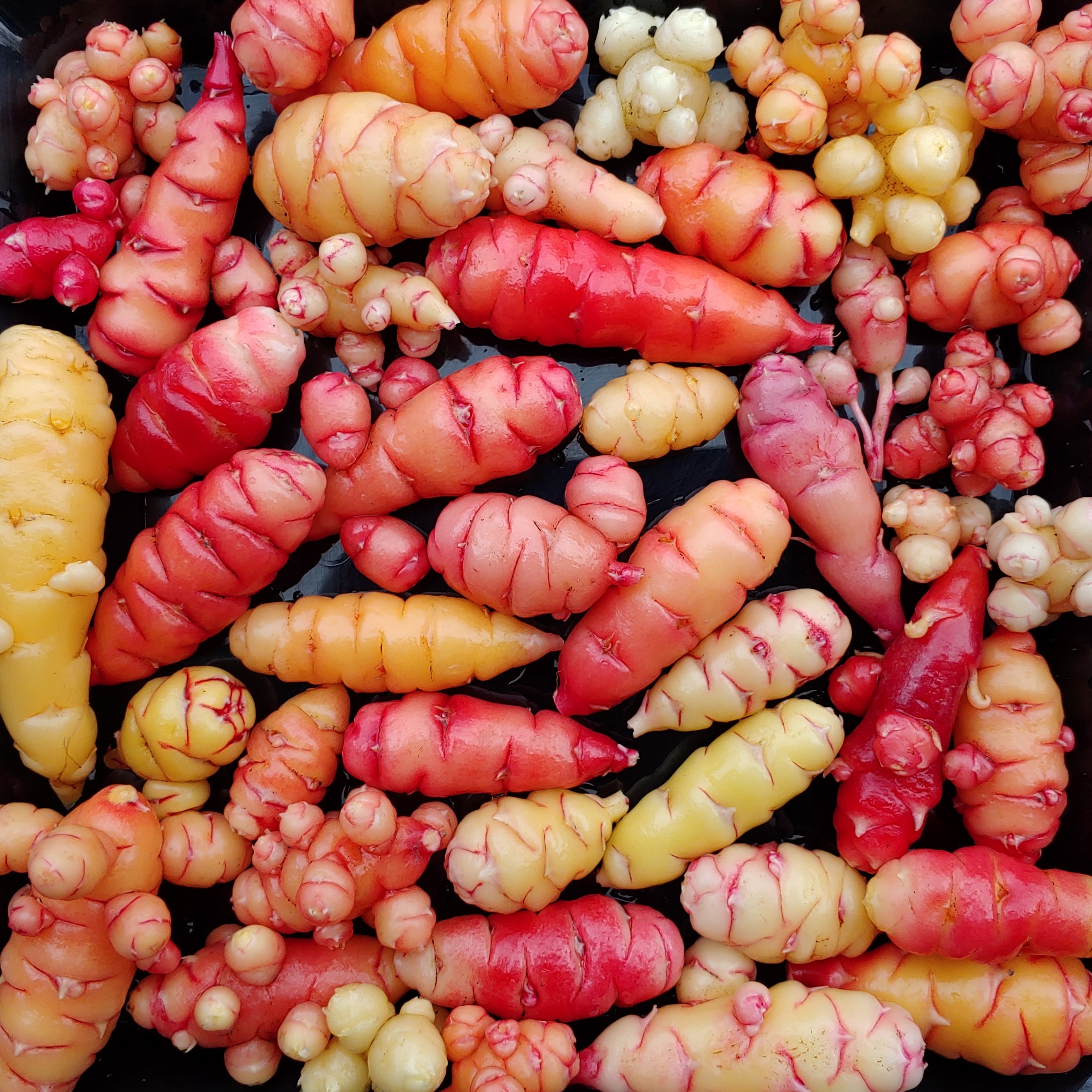
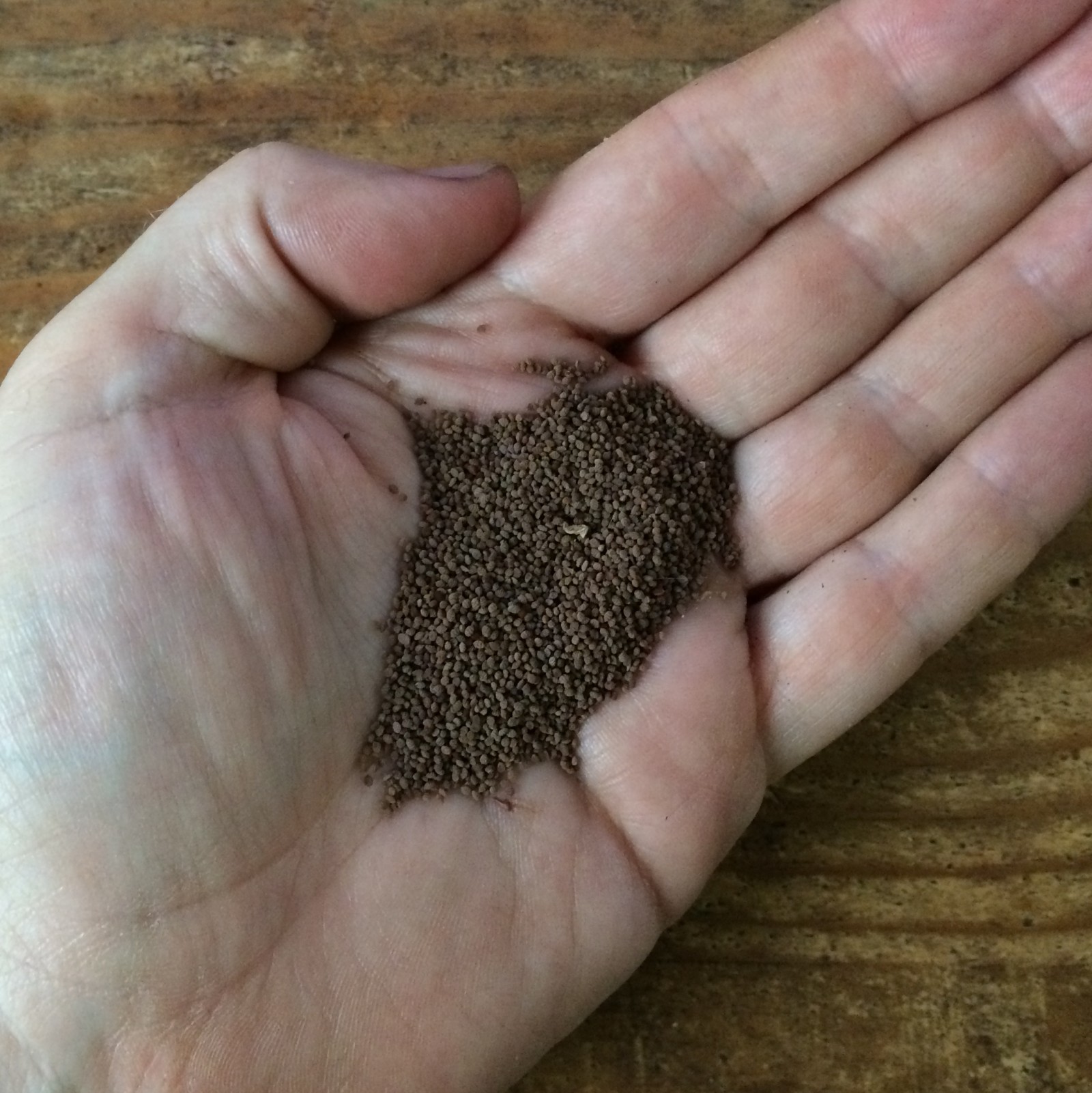



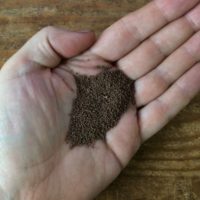
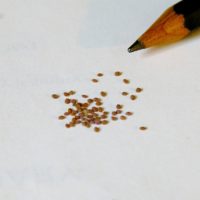
Rowan (verified owner) –
Wow, I got some wonderful mixed plants from this lot of seed. One plant in particular is the most productive oca I have ever grown. This is a great mix.
http://s48.photobucket.com/user/donkeynomad/media/Fruit%20and%20veg/DSCF0499.jpg.html
http://i48.photobucket.com/albums/f250/donkeynomad/Fruit%20and%20veg/DSCF0499.jpg